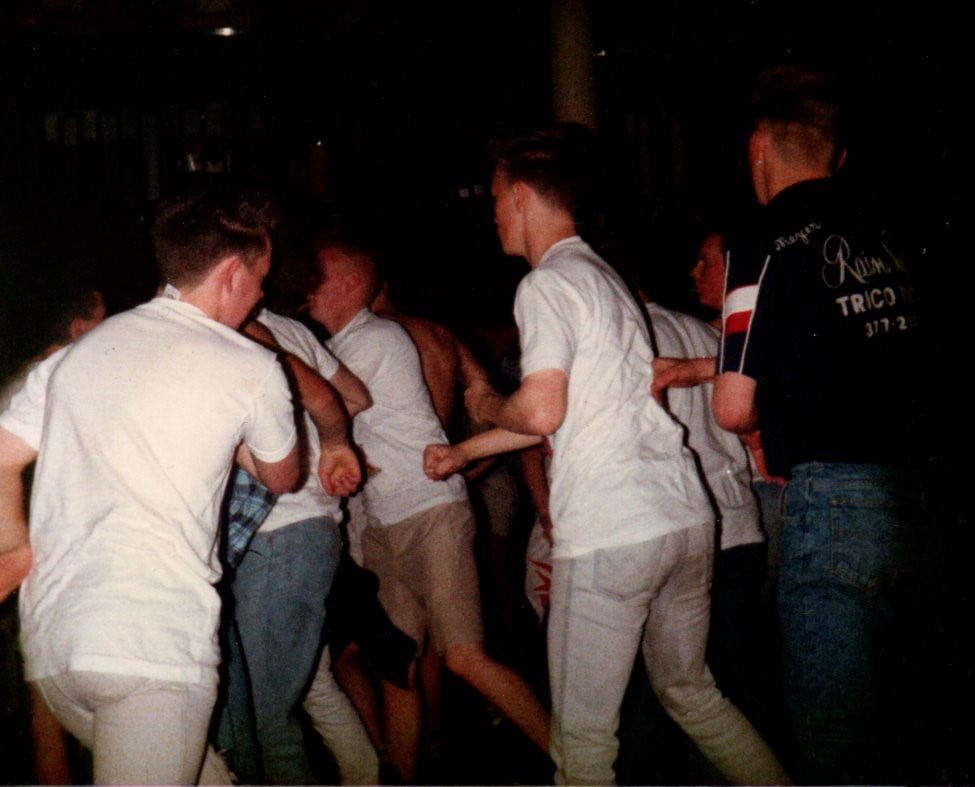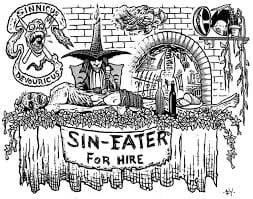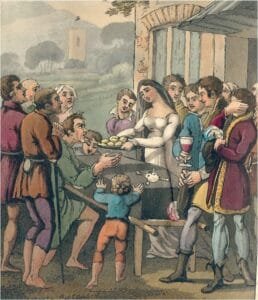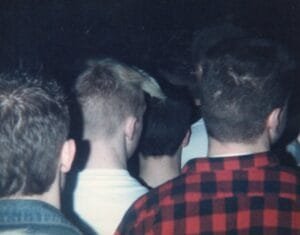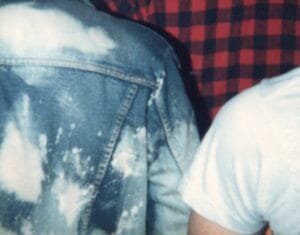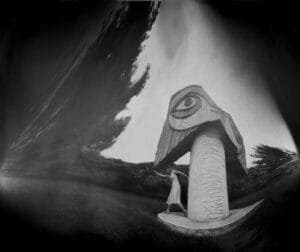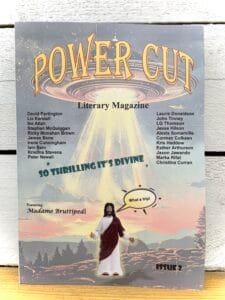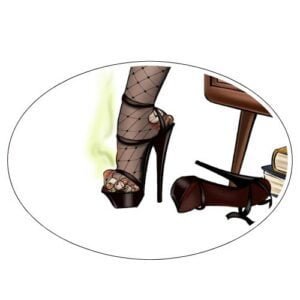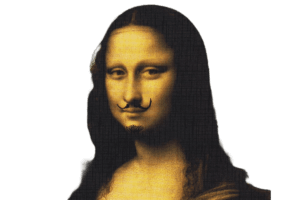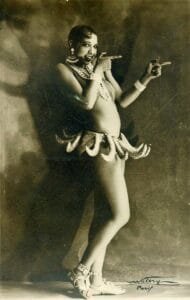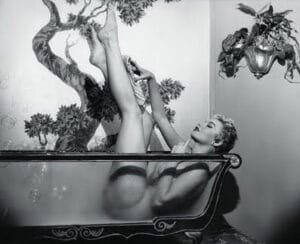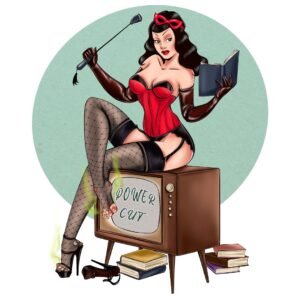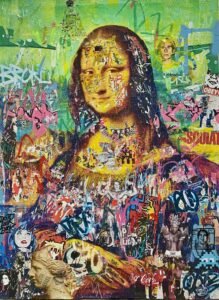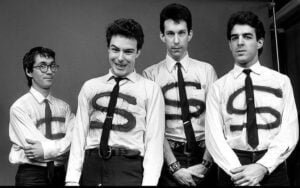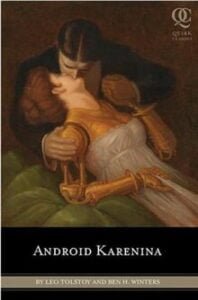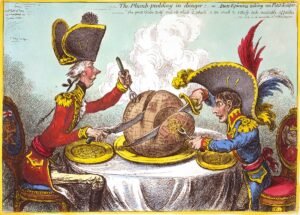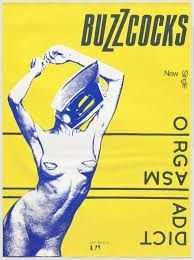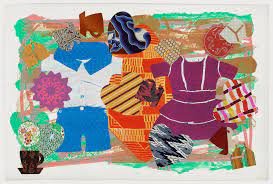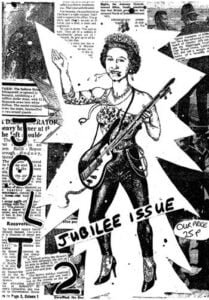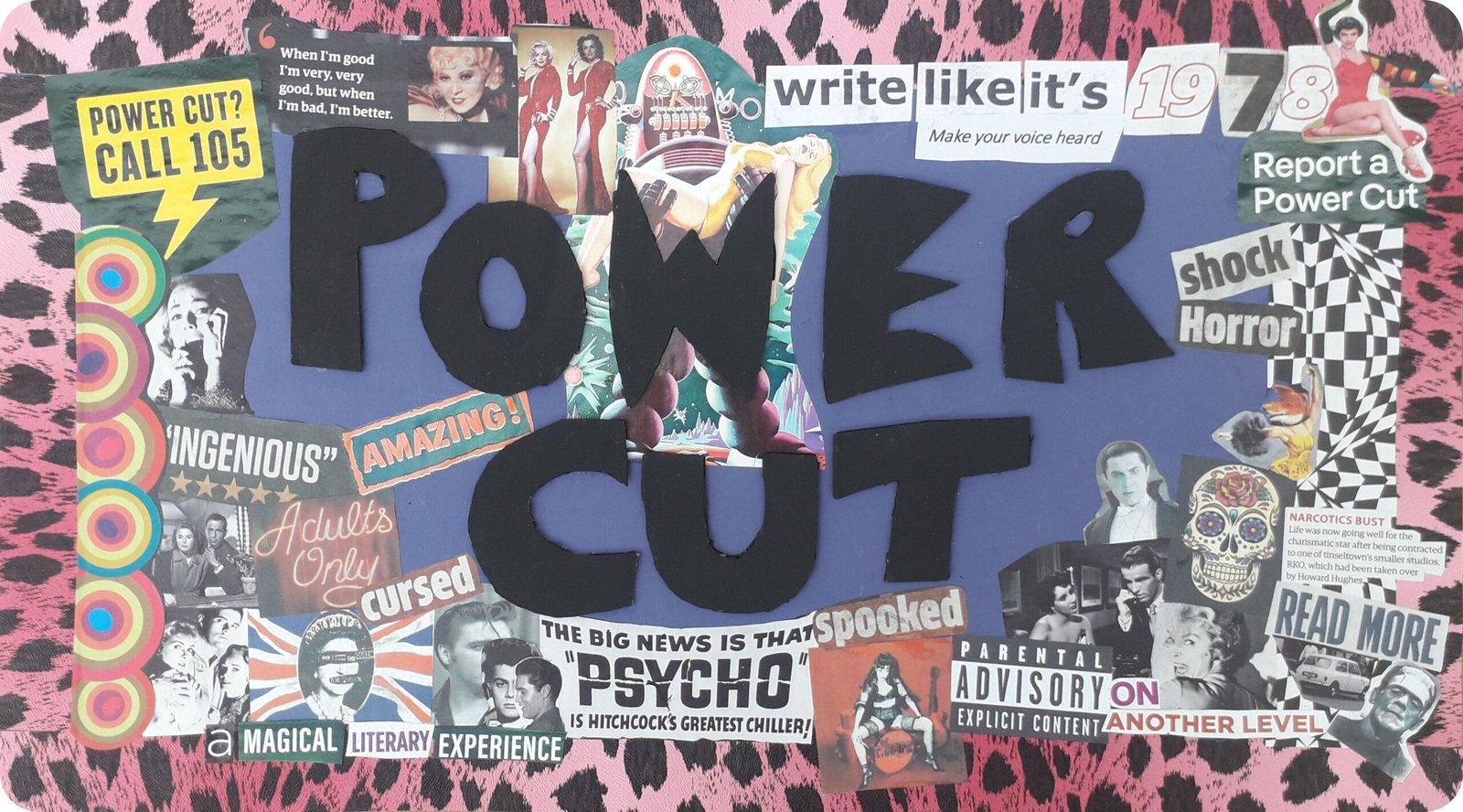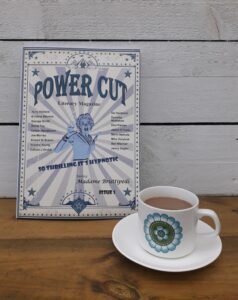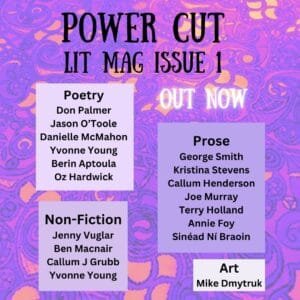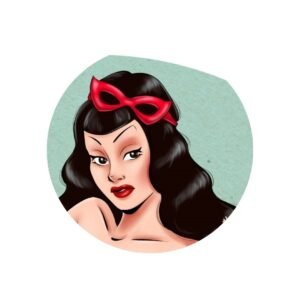“Hard times create strong men, strong men create good times, good times create weak men, and weak men create hard times” – G. Michael Hopf.
Trump may be just what the literary world needs
Hear me out.
Seriously.
Traditionally, the arts tend to attract left-leaning thinkers, for example Maya Angelou, George Orwell and Upton Sinclair. Yes, this is a gross generalisation – but overall, as a homogenous group, writers and artists tend to tip to the left rather than the right. So, most of you will still be reeling from the recent events in the US and the re-election of Donald J Trump. This isn’t a political blog, so I’m not going to get into his politics as some will be in favour of his policies and some will baulk at the idea of anything Trump-related. But as a personality, a persona, a character (or caricature), Trump could be what the arts need to re-boot.

How Can Trump Ever be a Good Thing?
Think about it? Do we ever get really passionate about porridge or soap? They are both pleasant and necessary in their own way, but they don’t get us going one way or the other do they? Have you ever read a beautiful poem about carbolic? Listened to an impassioned punk lambast of oats? No. And that is because there is nothing controversial, shocking, outrageous, amazing or touching about them. Screeds, on the other hand, have been written, sung and documented/dramatised about Margaret Thatcher, Martin Luther King, grapes and heroin.
Grapes?
Well, in their fermented form – wine. Over thousands of years from Dionysus to Yeats to Jim Morrison to Adele’s ‘I drink Wine’, the humble grape has been revered and honoured. So just as hard times create hard men – we need controversial times to create meaningful art.
Throughout history, literature has often thrived in the presence of controversy. Divisive figures, such as Donald Trump push the boundaries of what we think is right or wrong, thus, sparking debate. Basically, Trump supplies so much material that he is a gift for any writer or artist. Think about what he gives us – the opportunity to explore complex themes such as power, morality, ego, propaganda and corruption. This exploration can lead to innovative storytelling that captures the zeitgeist of the current societal landscape.
The Conflict Catalyst: Inspiring Literary Works through Disagreement
Literature has long been a mirror reflecting the complexities of society, often driven by the polarizing figures and contentious circumstances that shape cultural narratives. Often, the most remarkable literary works spring forth from the tension between conflicting ideologies and characters. In this light, controversial figures act as catalysts for creativity, pushing writers to explore themes of discord and disagreement in profound ways.
Consider the works of William Shakespeare, for instance. His plays frequently delve into the chaos of human conflict, with characters that embody divisive traits. In “Julius Caesar,” the assassination of a contentious leader incites chaos, provoking discussions about power, loyalty, and morality. Had Caesar been a universally accepted figure, the subsequent exploration of betrayal and political intrigue would be decidedly less compelling, lacking the friction that invites deep contemplation from the audience.
In a more contemporary context, the literary contributions of authors like George Orwell highlight the importance of divisive figures in their storytelling. Orwell’s “Animal Farm,” a satirical allegory of the Russian Revolution, employs the personality of figures like Joseph Stalin to explore themes of power, corruption, and rebellion. Without these polarizing personalities, the narrative would lack its powerful critique of totalitarianism, diminishing its relevance and impact.
The current political landscape, with figures that often evoke passionate responses, serves as fertile ground for writers to delve into the psyche of divisiveness. Books that tackle controversial issues compel readers to reflect on their own beliefs, igniting dialogue that enriches the literary experience and deepens understanding of diverse perspectives.
So – in summary- the literary world does, indeed, need Trump. If after reading about Trump for so long you need a reset – you can head over to our toolkit and catch up on some nice and revitalizing pop culture
